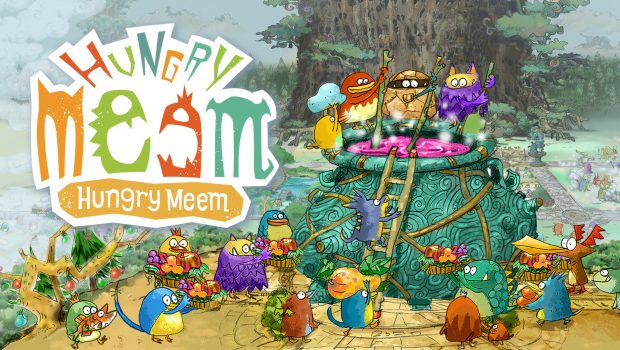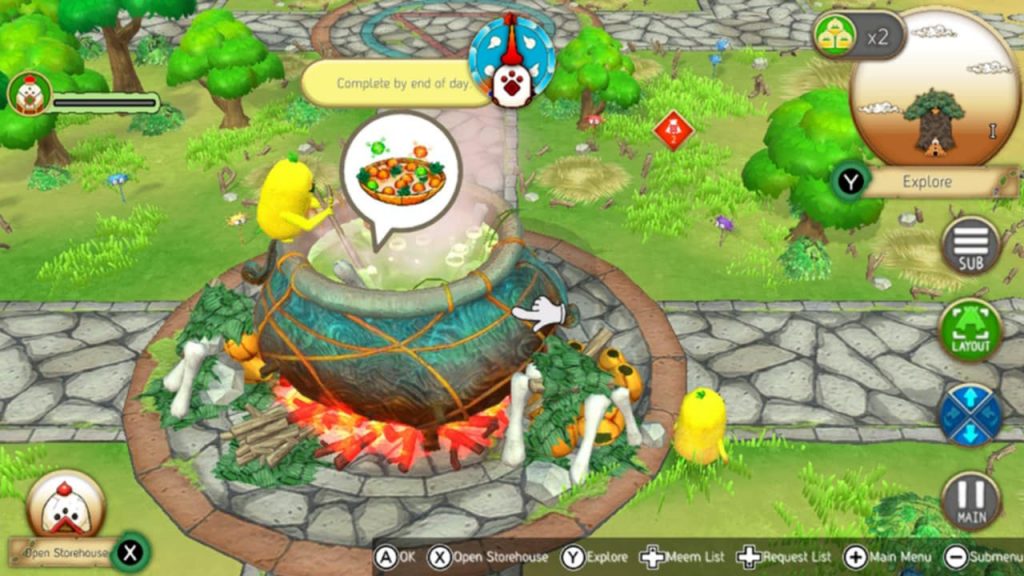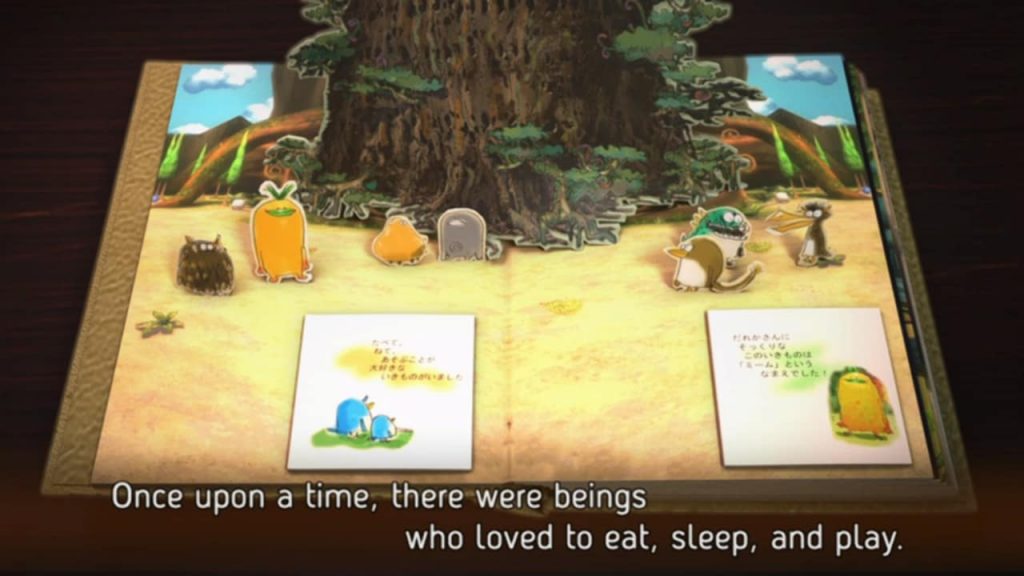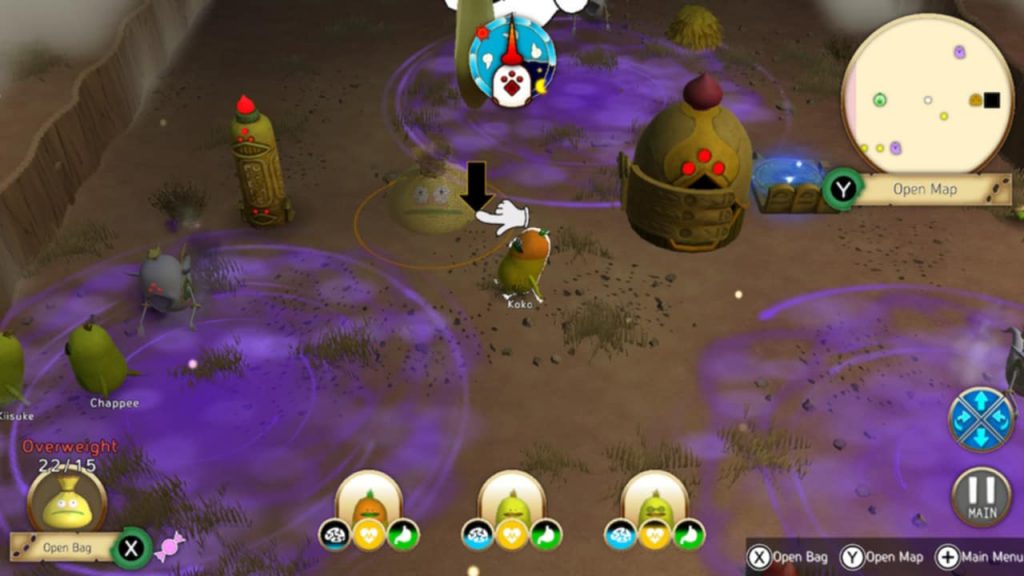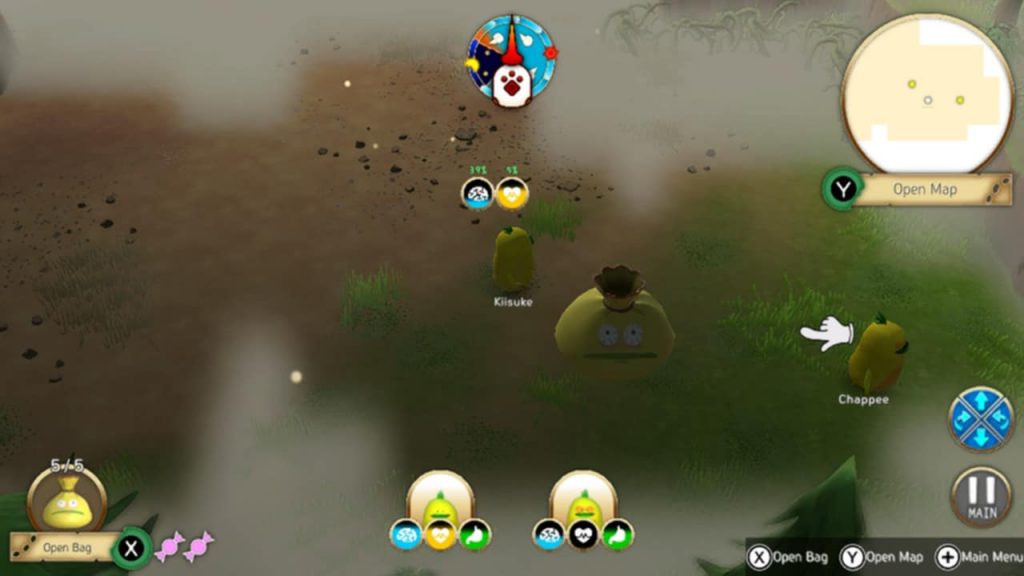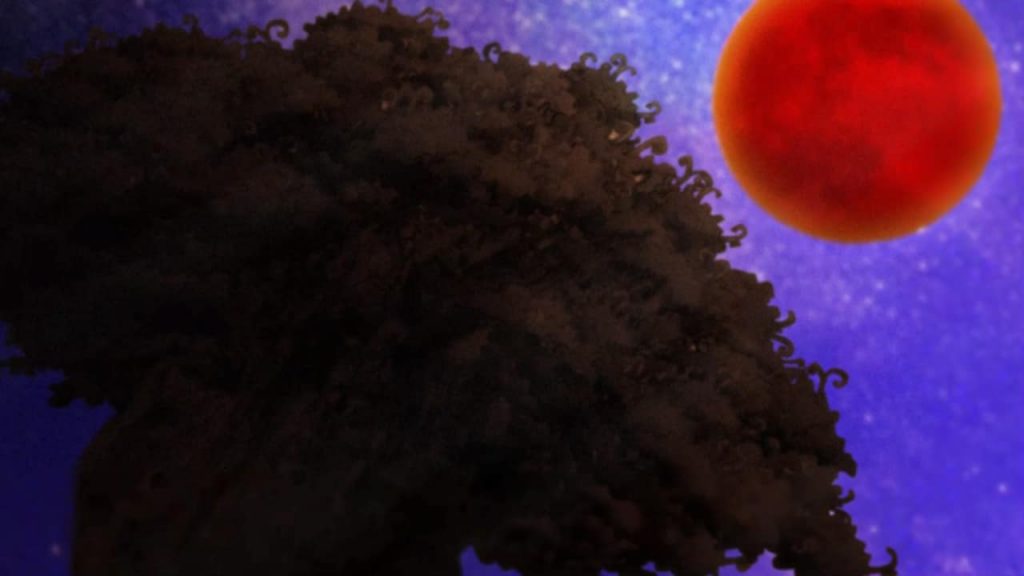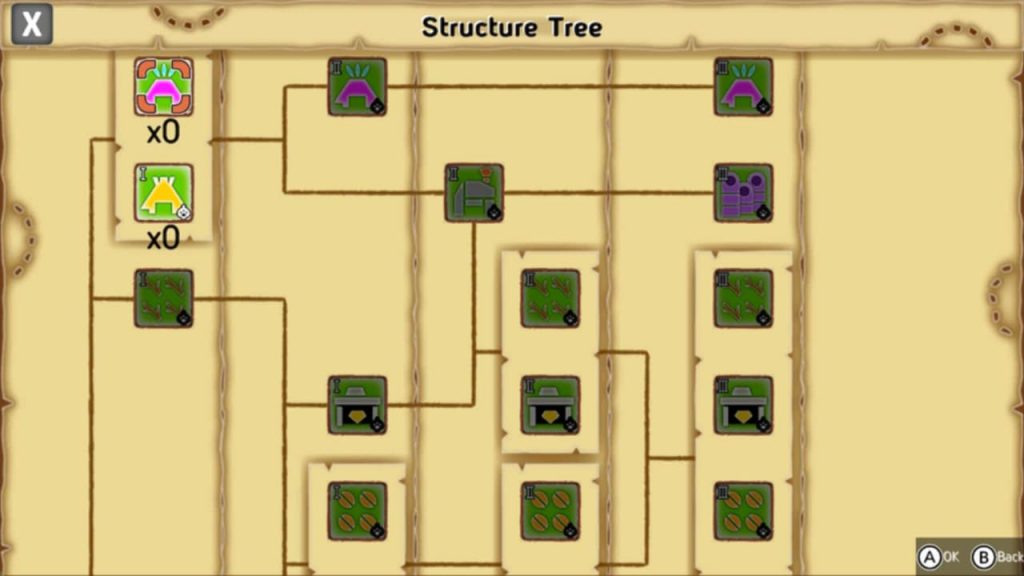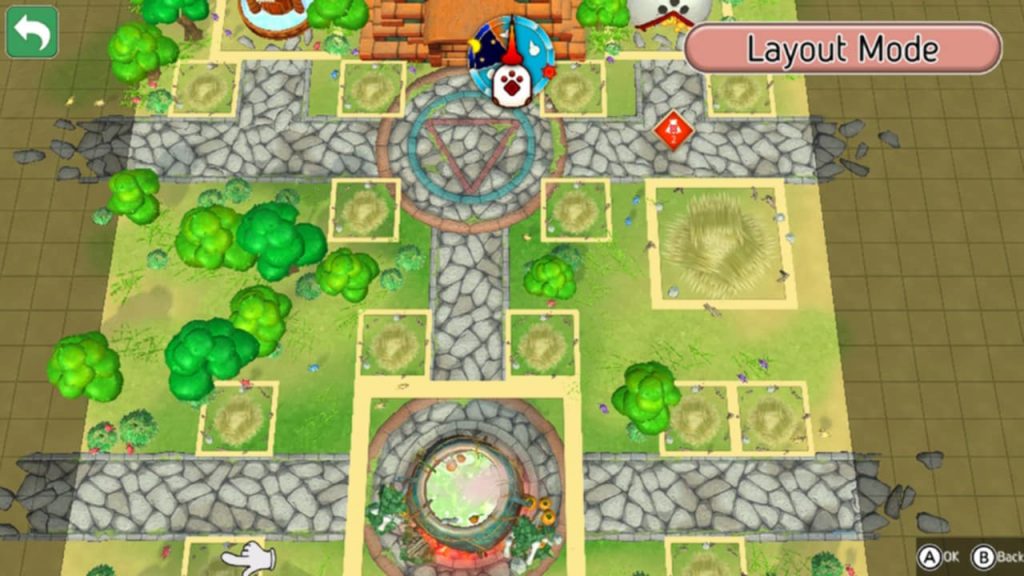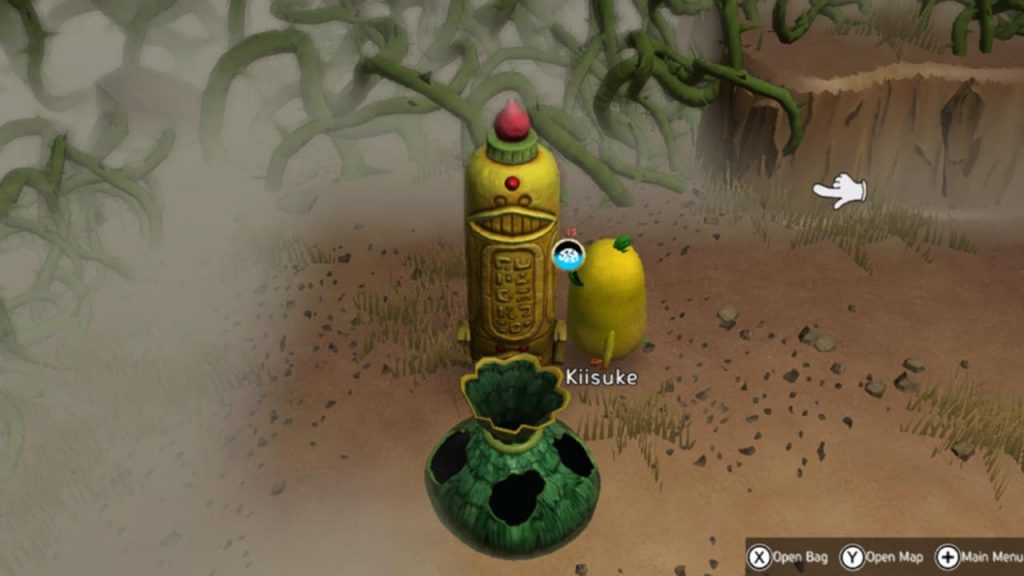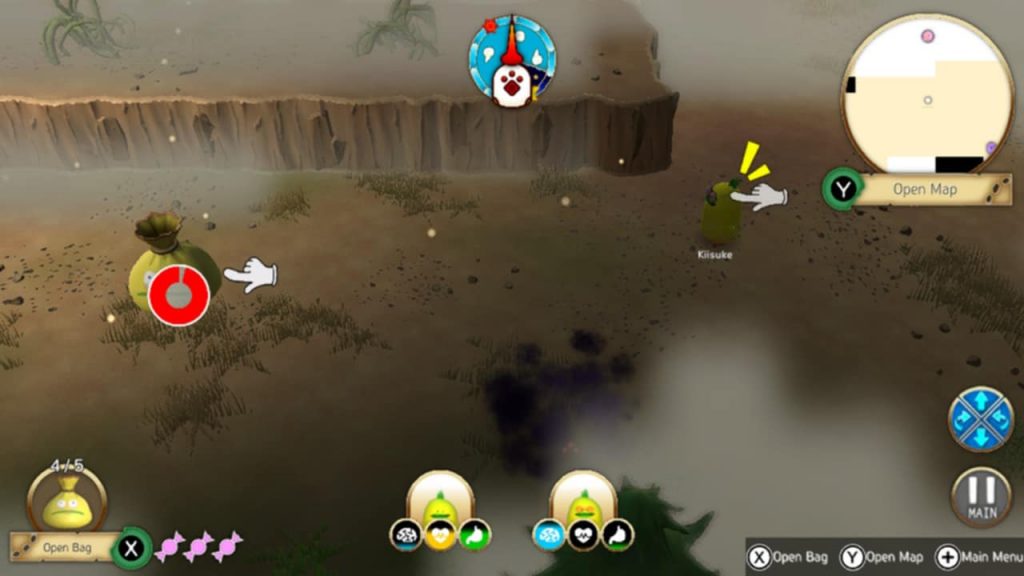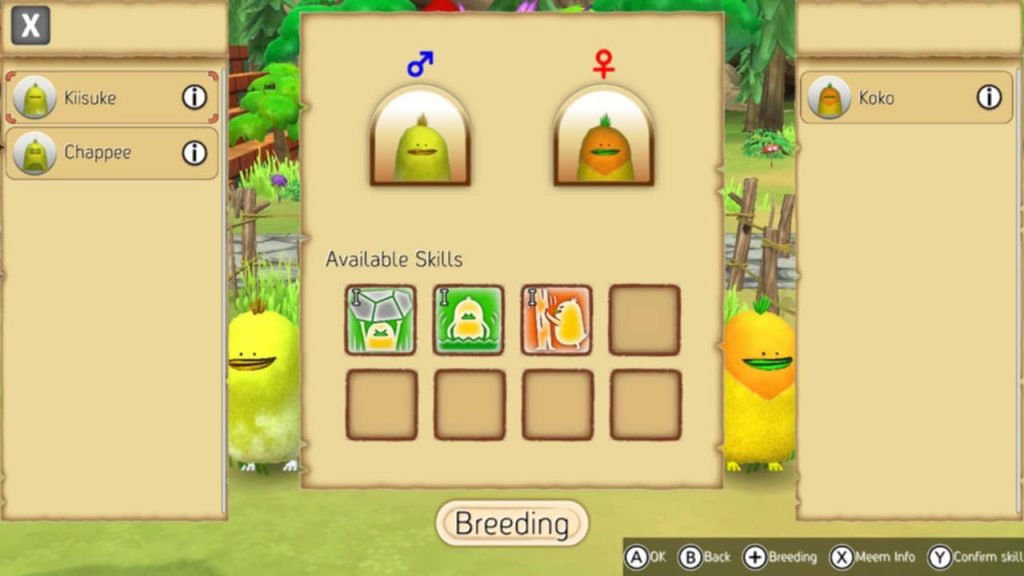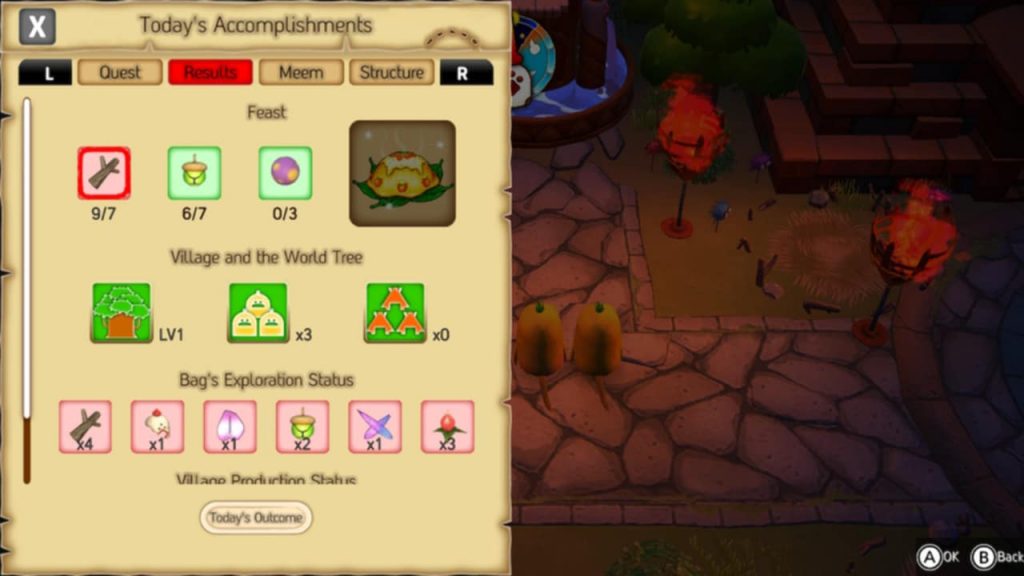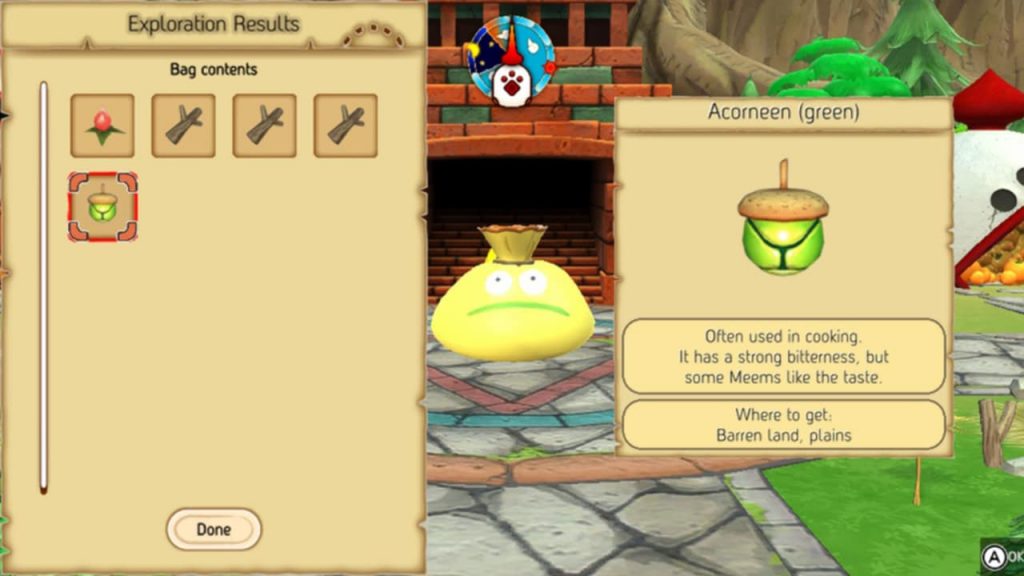Hungry Meem Review (Switch)
Summary: Hungry Meem is a quirky and chaotic strategy sim that blends resource management, exploration, and creature care into a deeply layered, if sometimes frustrating, experience. Its unique systems feed into one another in interesting ways, creating a gameplay loop that can be both rewarding and overwhelming. While technical issues and repetitive pacing hold it back, there's a strange charm to helping your oddball Meems rebuild their world beneath the World Tree.
2.3
Nosh Nibblers
Beneath the World Tree, chaos brews in the belly of creatures who crave more than just survival…they crave snacks! Hungry Meem is a genre-blending dungeon crawler-strategy-simulation game developed by Drecom and E-One Studio, published by Drecom and Clouded Leopard Entertainment, and released on June 19th of 2025 for Nintendo Switch and July 31st of 2025 for PC via Steam. It offers an original twist on colony-building games by centering its mechanics around the unpredictable, ever-hungry Meems, quirky creatures who live beneath the mythical World Tree. You don’t directly control the Meems so much as manage their routines, moods, diets, and development as they explore, evolve, and attempt to avoid extinction. While undeniably adorable in their own offbeat way, these creatures also come with a fair share of management headaches.
The story is framed as a tale within a picture book, where you, the player, intervene to rewrite the Meems’ fate. Once a thriving community, the Meems now teeter on the brink of extinction following the destruction of the Miraculous Pot, the one item capable of producing perfect food. With the World Tree growing dim, your mission is to guide the surviving Meems back toward prosperity by gathering resources, rebuilding their village, and restoring joy to their world. The narrative is charming in concept, leaning on melancholy and whimsy in equal parts, and while it doesn’t delve too deeply into lore or worldbuilding, it provides enough heart to motivate the ongoing grind of resource management and exploration.
Gameplay in Hungry Meem is where the title really attempts to stand apart, blending real-time strategy elements with survival mechanics and a colony sim structure. You don’t directly control the Meems, but instead drag a bag around that they follow like hungry ducklings, scavenging materials and ingredients to deposit. The heavier the bag, the more cumbersome it becomes to move, turning it into a mechanic that adds both weight (literally) and strategy to each expedition. Feeding the Meems, managing their moods, and leveling up their skills are vital to progressing the story, crafting new structures, and unlocking more advanced recipes. The loop is packed with overlapping systems: crafting leads to construction, construction supports exploration, exploration helps in leveling up Meems, and leveling up allows you to breed new Meems with enhanced abilities or altered appearances. It’s all interdependent, which is impressive in design, though the actual feel of juggling it all can lean toward overwhelming rather than elegant.
Repetition is a recurring issue, especially early on. Expeditions always start in the same area with limited mobility and inventory space. Missions often feel like rinse-and-repeat scenarios until you unlock new travel points or expand the village’s functionality. The bag-based navigation mechanic, while novel, sometimes feels more like a hindrance than an innovation, especially when Meems eat valuable food mid-expedition or wander off to do their own thing while you’re just trying to get back to camp before nightfall. Managing time becomes another high-stakes element. Nighttime can cause you to lose over half your gathered resources, and events like the Black Moon drastically impact the Meems’ mental state. If you don’t prepare carefully, Meems may go manic, refuse commands, or even destroy resources in a chaotic tantrum. This might be part of their charm and quirky personalities, but it can also feel like the game punishes you simply for playing it.
On paper, the systems in Hungry Meem are impressively deep. There’s a Structure Tree that tracks cultural progression, giving you direction and purpose. Building “symbols” unlocks more structures and food recipes, tying development back into the skill system. Meems evolve physically based on the skills they learn like sprouting tails, thickening skin, or becoming more aquatic, making your village a living gallery of personalized creatures. You can also build activity centers like trampolines and spas or chop trees passively, lessening the need for direct expeditions. Assignments can be handed out individually, which adds to the micro-management options, but can become exhausting for those who prefer more automation.
Graphically, Hungry Meem is a mixed bag. The creature designs are distinct and weirdly endearing, ugly-cute in a way that sticks with you, but environments are barren and the building layouts look haphazard. On the Switch, the visual clarity suffers significantly. Textures appear muddied, object placement feels cluttered, and framerate dips are severe. Navigating the map or trying to interact with objects often becomes frustrating due to lag and imprecise cursor movement. Tasks as simple as selecting your bag can become needlessly difficult due to poor optimization. It’s a game that visually might not be to everyone’s taste, but it definitely struggles more from performance issues than artistic direction.
Audio is similarly uneven. While some of the sound effects help sell the Meems’ goofy personalities, others, like the loud, blaring time alarms, quickly become grating. Music is largely forgettable, leaning into atmospheric tones that don’t elevate the mood or adapt dynamically to what’s happening on screen. It’s functional at best, but overall, it’s a missed opportunity to complement the game’s quirky tone.
Despite its charm and original take on the genre, Hungry Meem suffers from friction in almost every system. Managing the Meems can be fun, but the game often feels like it’s fighting against your attempts to enjoy it. The systems interlock beautifully in theory, but the execution, particularly from my time playing on the Switch, drags everything down. It becomes difficult to tell whether the challenge comes from poor planning or the game’s technical limitations. That said, if you enjoy games with heavy management, deep crafting trees, and don’t mind a fair bit of chaos, Hungry Meem has a surprisingly addictive gameplay loop hiding beneath the mess. I wouldn’t recommend playing this on the original Switch as I’m sure the experience improves significantly on more powerful hardware, and if you’re patient with its quirks, there’s a rewarding village sim tucked under its sluggish exterior.
Final Thoughts?
Hungry Meem is a unique, sometimes exhausting strategy simulation that blends chaos and charm in equal measure. It’s the kind of game where watching your village slowly thrive feels satisfying, but getting there is a bumpy, often repetitive road. Between the Meems’ antics, the overlapping progression systems, and the sheer weirdness of it all, there’s a peculiar joy in trying to make everything work. It’s not for everyone, but it might be exactly what you’re looking for if you’re craving something experimental, unpolished, and full of strange heart.


